As the summer months pass, many Southeastern Coast residents prepare for the inevitable hurricane season. Due to particular geographic and weather features of the Atlantic Ocean towards the Caribbean, hurricanes and other large storms typically form there. Many years come and go with hurricanes that barely register on the barometric pressure meters. Other times, however, the sea god Poseidon unleashes a particular wrath upon the southern United States. These unique weather swells result in some of the most destructive storms in US history.
By definition, a hurricane or a cyclone is a rapidly rotating storm system featuring a low-pressure center. Along with this comes strong winds, atmospheric circulation, as well as heavy rains and squalls. While these types of storms can form anywhere, they usually originate over bodies of warm(ish) water. They gain considerable energy through the evaporation of liquid from the surface of these bodies of water.
From there, the water condenses into clouds, which bolsters the storm’s power. While hurricanes, cyclones, and typhoons all account for the same type of storm system, their naming depends on the region of the world from which they originate. Though between 80-90 tropical cyclone-like storms form every year, some become the most destructive storms in US history. (For other natural disasters, explore the 20 most powerful earthquakes in history.)
To compile a list of the 15 most destructive storms in U.S. history, 24/7 Tempo consulted a range of historical, weather, and news publications including CBS News, the National Hurricane Center, and Reuters. From there, we selected storms in U.S. history that caused considerable damage as well as death tolls in the hundreds. After that, we confirmed aspects of each storm incident using sites like WeatherUnderground.
Great Galveston Hurricane
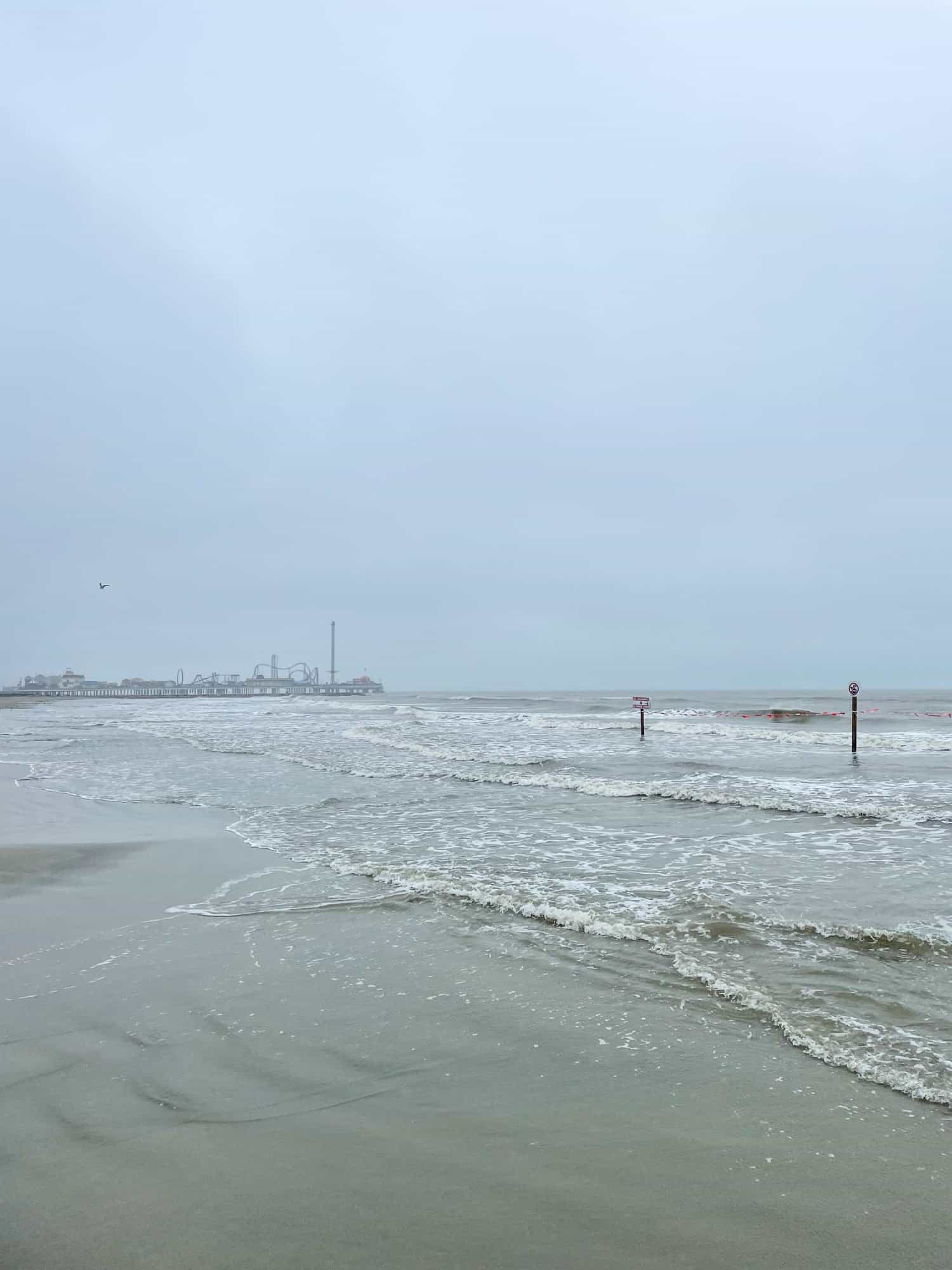
The Great Galveston Hurricane was one of US history’s most destructive storms. First detected in late August 1900 near the Winward Islands, the storm moved steadily through the Caribbean before landing in the United States. There, it killed between 6,000 and 12,000 people. Most modern estimates, however, put the death toll at around 8,000 people.
It unleashed its wrath mostly in Galveston, Texas, along the Gulf of Mexico. Besides the death toll, the Great Galveston Hurricane destroyed some 7,000 buildings in and around the city. Indeed, not a single structure came away without some form of damage. Besides the untold destruction, the Great Galveston Hurricane effectively ended what was called the “Golden Age of Galveston.” Scared of another storm wiping out the city, investors turned their sights on nearby Houston, Texas instead.
Lake Okeechobee
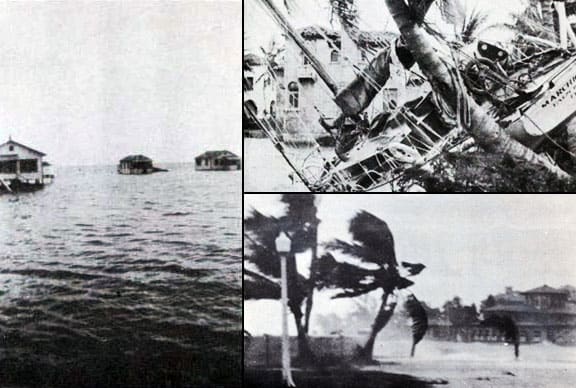
Lake Okeechobee was another one of the most destructive storms in US history. The only major storm of the 1928 Atlantic Hurricane Season, Lake Okeechobee first developed off the western coast of Africa on September 6th. From there, it moved towards the United States, inflicting severe damage on the island of Guadeloupe. It also laid claim to parts of Martinique, Montserrat, and Nevis.
Eleven days later, the storm made landfall near West Palm Beach, Florida. Almost instantly, it destroyed more than 1,700 homes in the city. That same day, it spread across most of Southern Florida, killing over 2,500 people in the state. Counting other countries, the storm killed over 4,000 people. Ultimately, the Lake Okeechobee Hurricane brought chaos and caused over $1.75 billion worth of damages along its path (adjusted for inflation).
Hurricane Katrina
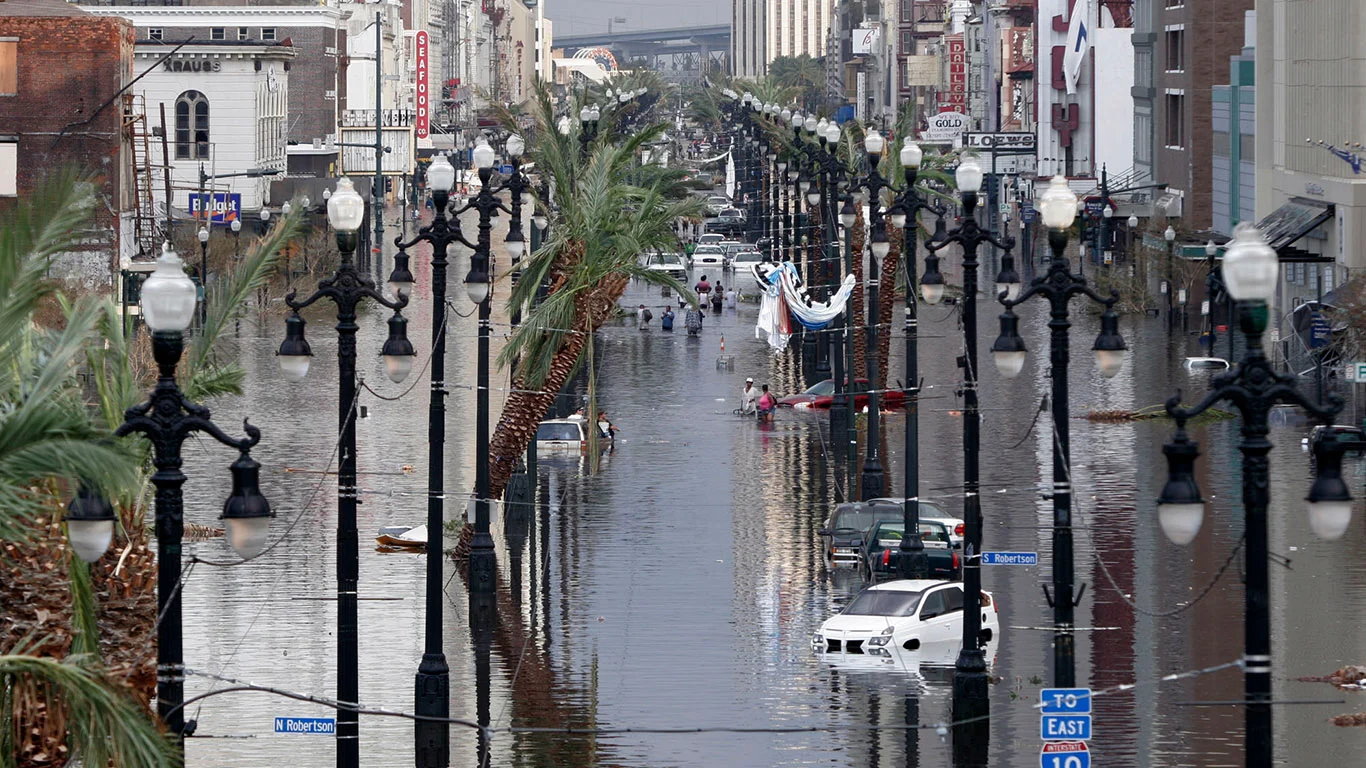
It wouldn’t be a list of the deadliest storms in US history without mentioning Hurricane Katrina. Though it was only the third major hurricane of the 2005 Atlantic Hurricane Season, it soon became the fourth-most intense storm to ever reach the contiguous United States. It began as a large tropical storm on August 23, 2005, before evolving into a hurricane as it made landfall in Hallandale Beach, Florida.
From there, it moved towards the Gulf of Mexico and New Orleans, Louisiana. Due to engineering flaws in the city’s levee systems, the storm practically destroyed the area. It flooded over 80% of the city, killing some 1,400 people in the process. Furthermore, it ruined the city’s public transportation and transit systems, preventing people from properly escaping the affected areas. Though the disaster prompted massive rescue efforts from the Federal and State Governments, the response was widely criticized for its delays and other forms of incompetence. Ultimately, Hurricane Katrina caused $190 billion in damages and stained the reputation of Federal emergency response agencies as well as the State of Louisiana’s government.
Chenier Caminanda Hurricane
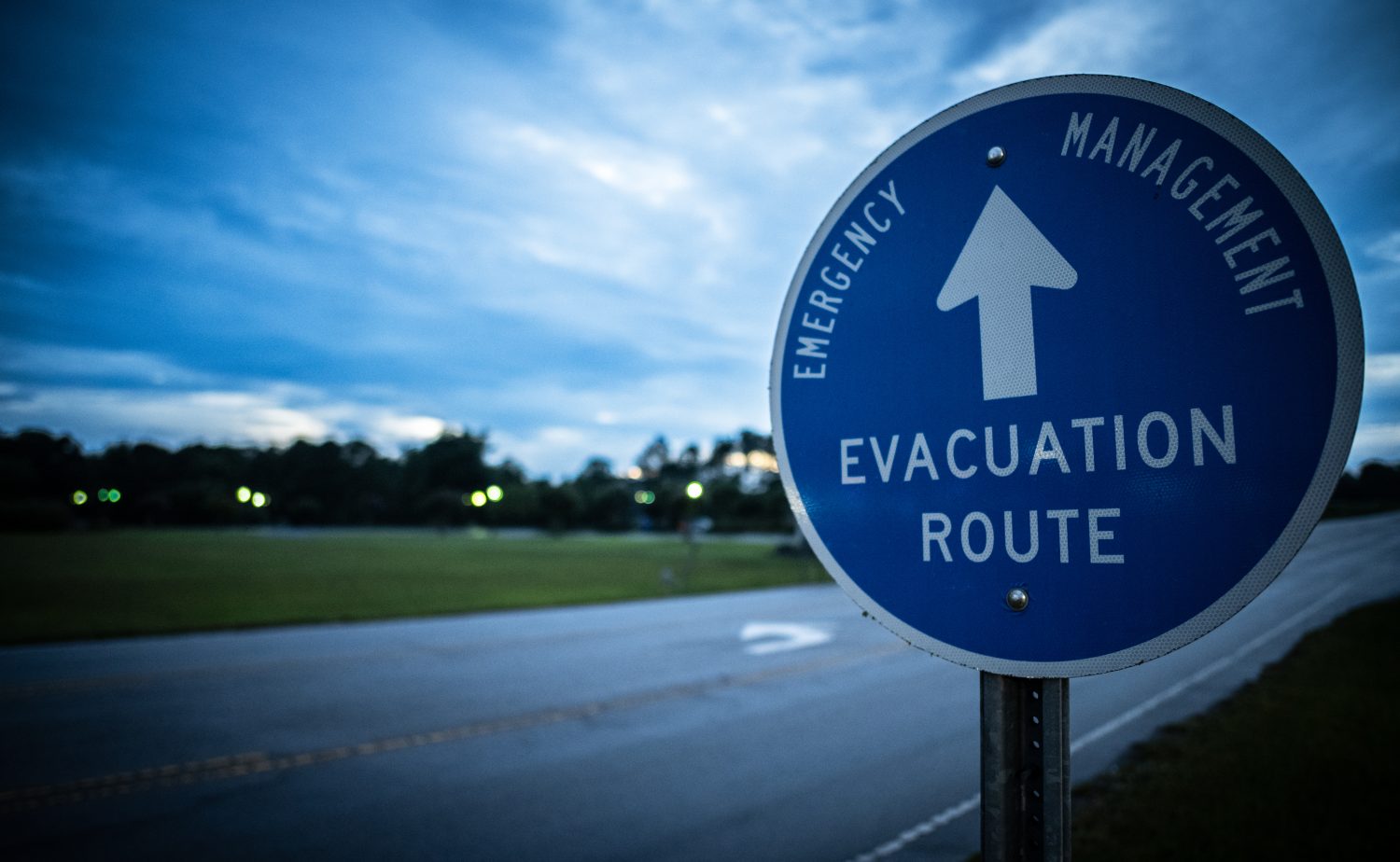
While Hurricane Katrina remains fresh in the public memory, another storm in Louisiana caused even more damage. The Chenier Caminanda Hurricane hit in 1893, forming in the Western Caribbean on September 27th. Less than a week later, it made landfall on the island of Chenier Caminanda in Southeastern Louisiana.
Though it wasn’t the biggest hurricane on record, as it hit the United States a storm surge killed at least 2,000 people. Fortunately, it weakened as it moved past Louisiana into parts of Mississippi. Ultimately, the Chenier Caminanda Hurrican caused about $1.8 billion in damages (adjusted for inflation). It remains the deadliest hurricane in Louisiana’s history and the third deadliest in continental United States history.
Sea Islands
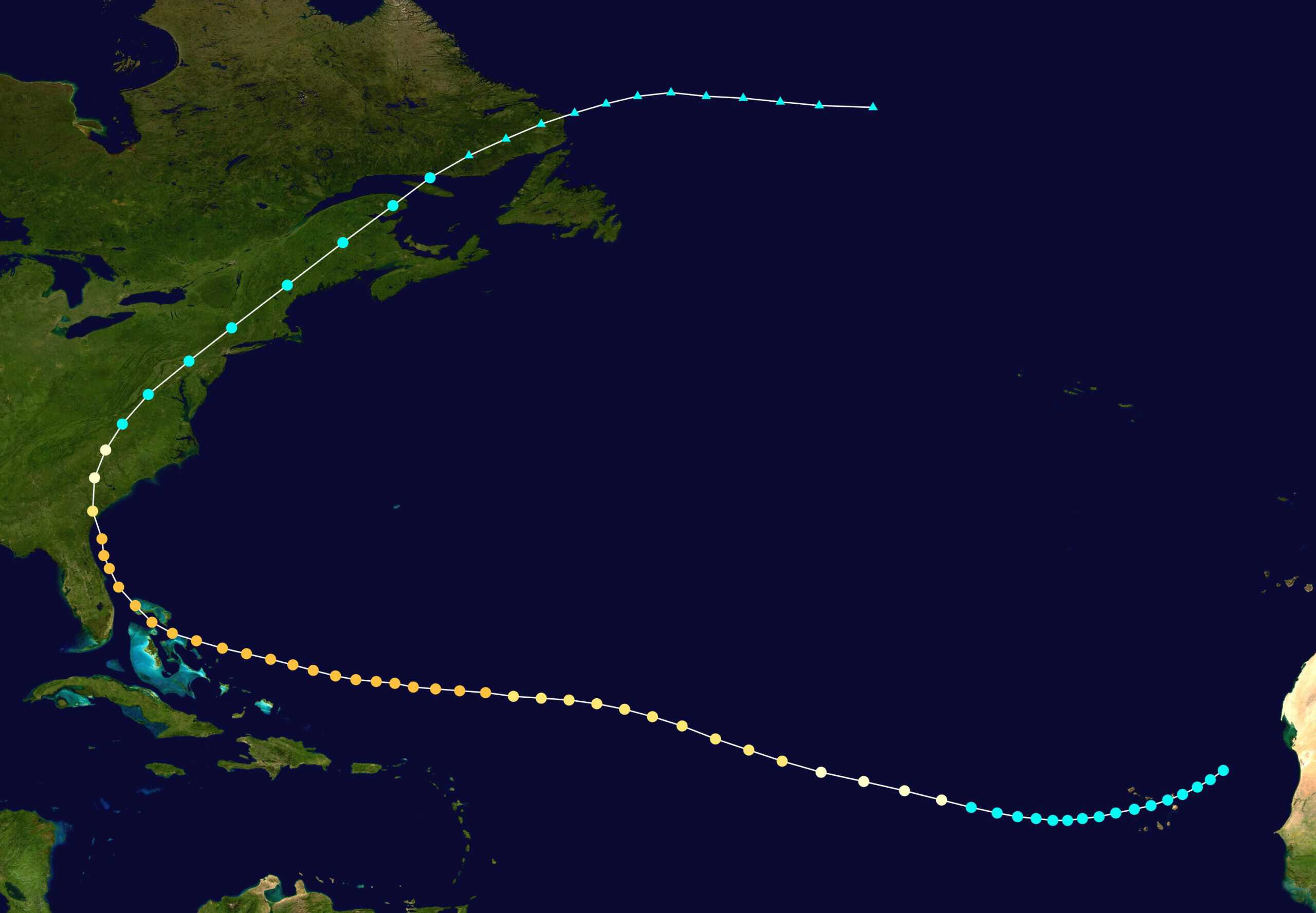
The Sea Islands Hurricane of 1893 was another one of the most destructive storms in US history. It formed in mid-August of that year east of the Cape Verde in Africa. A little less than two weeks later, it made landfall near Savannah, Georgia on August 27, 1893. Though many residents anticipated the storm and left town, others weren’t so fortunate.
While sources differ, The Sea Islands Hurricane killed an estimated 1-2,000 people along the Eastern Coast of the United States. It also resulted in nearly $35 million in damages. Ultimately the storm had mixed consequences. It made a hero of United States Life-Saving Service Keeper Jim Dunbar after he rescued four ships. However, Southern lawmakers took advantage of the storm’s chaos and used it to strengthen Jim Crow laws against the local African-American population.
Georgia/South Carolina Hurricane
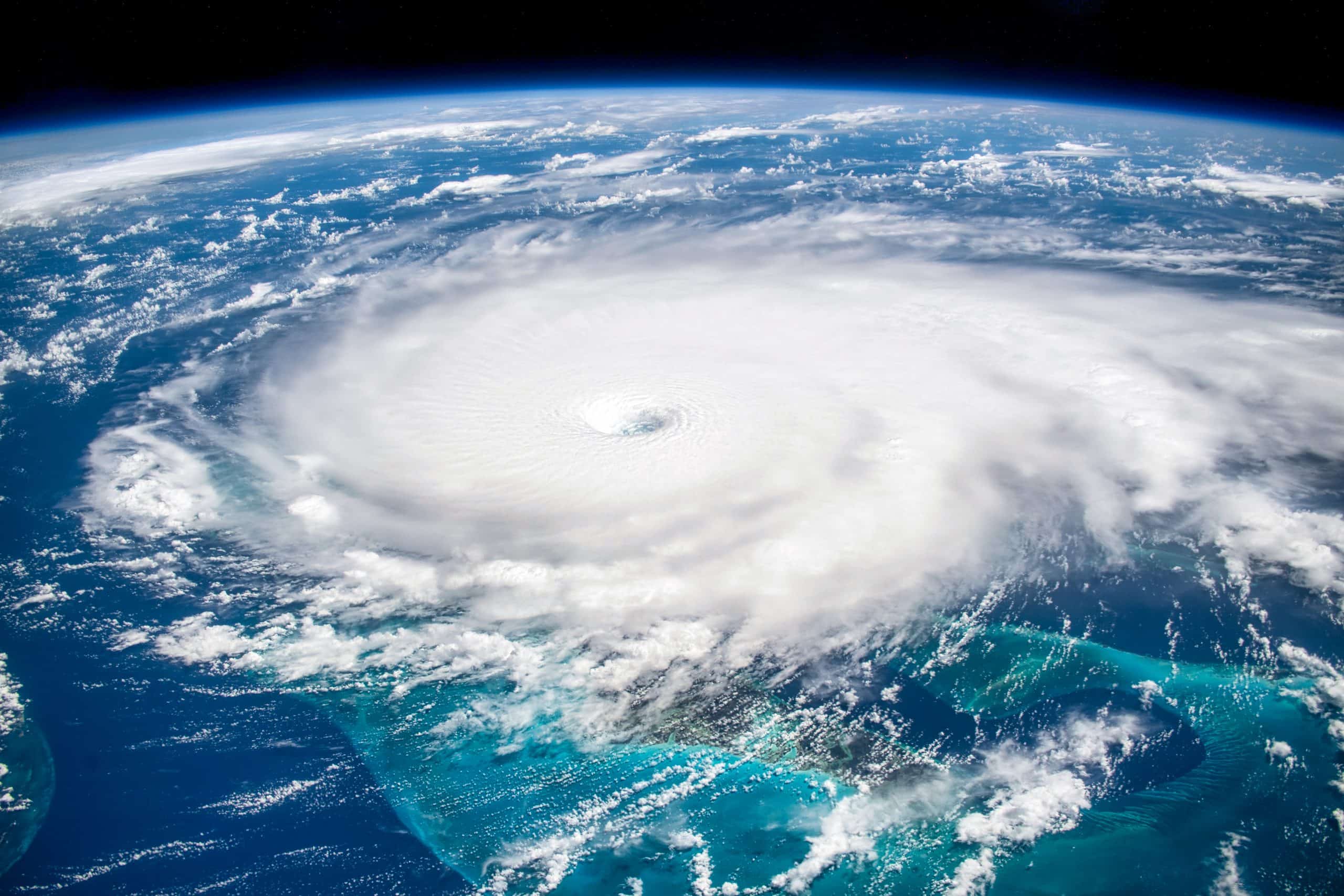
Another one of the most destructive storms in US history was the Georgia/South Carolina Hurricane in 1881. This occurred before they named the storms, so several storms that season hit the United States. It was the fourth hurricane of the season, however, that caused the most damage.
It first made landfall on the coast of Georgia on August 27, 1881. Not long after, a second storm hit the coast, moving northwards into South Carolina. There, it uprooted thousands of trees and caused major damage to buildings. Estimates put the death toll at 700 people. While dollar estimates in damages were not recorded, you can be sure it caused millions of dollars in damages to both states. Though it technically took two separate storms to inflict such destruction, weather experts pair together both storms due to the close timing of their landfalls.
Hurricane Audrey
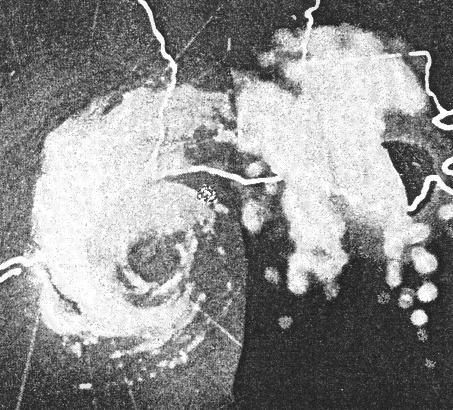
Hurricane Audry was another one of the most destructive storms in US history. It first formed in the southern part of the Gulf of Mexico on June 25, 1957. An ominous storm, Hurricane Audrey left a trail of deadly foreshadowing as it moved north through the Gulf. First, it caused massive disruptions to Oil Drilling platforms in the sea, resulting in millions of dollars worth of damages alone.
Two days later, it made landfall in the United States. There, it spread through the Gulf states including Texas, Louisiana, Mississippi, and Alabama. Due to the high barometric pressure and whiplash winds, Audrey also caused numerous tornadoes to spring up in its wake. In the end, Hurricane Audrey killed an estimated 431 people and resulted in over $1.5 billion in damages. (For more information about types of storms, discover how to tell the difference between a hurricane and a tornado.)
Great Labor Day Hurricane
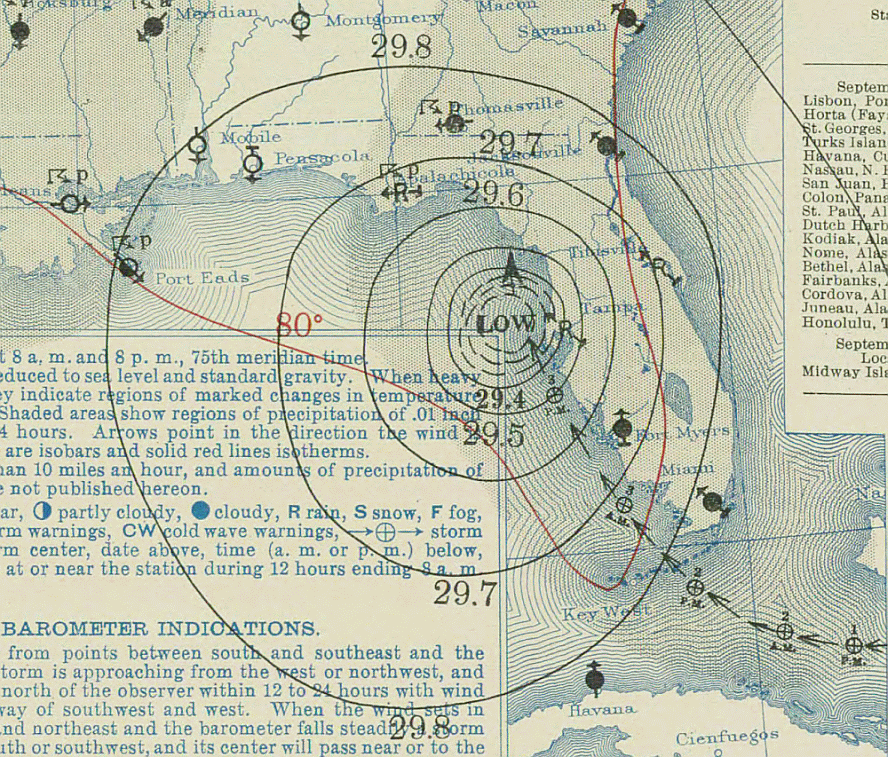
The Great Labor Day Hurricane of 1935 was another one of the most destructive storms in US history. In terms of barometric pressure, it remained the most severe Atlantic Hurricane for several decades. It made its first rumblings near the islands of Turks and Caicos, before moving north with its sights set on the United States.
On Labor Day, it made good on its deadly promise as it passed near Long Key Island in Southern Florida. The other Florida Keys weren’t as lucky. It made proper landfall between the towns of Tavernier and Marathon. There, it caused untold damage before outright destroying the town of Islamorada. In the end, the Great Labor Day Hurricane of 1935 killed 423 people and caused nearly $23 million in damages. It was also one of the rare Category 5 hurricanes to hit the continental United States.
Last Island
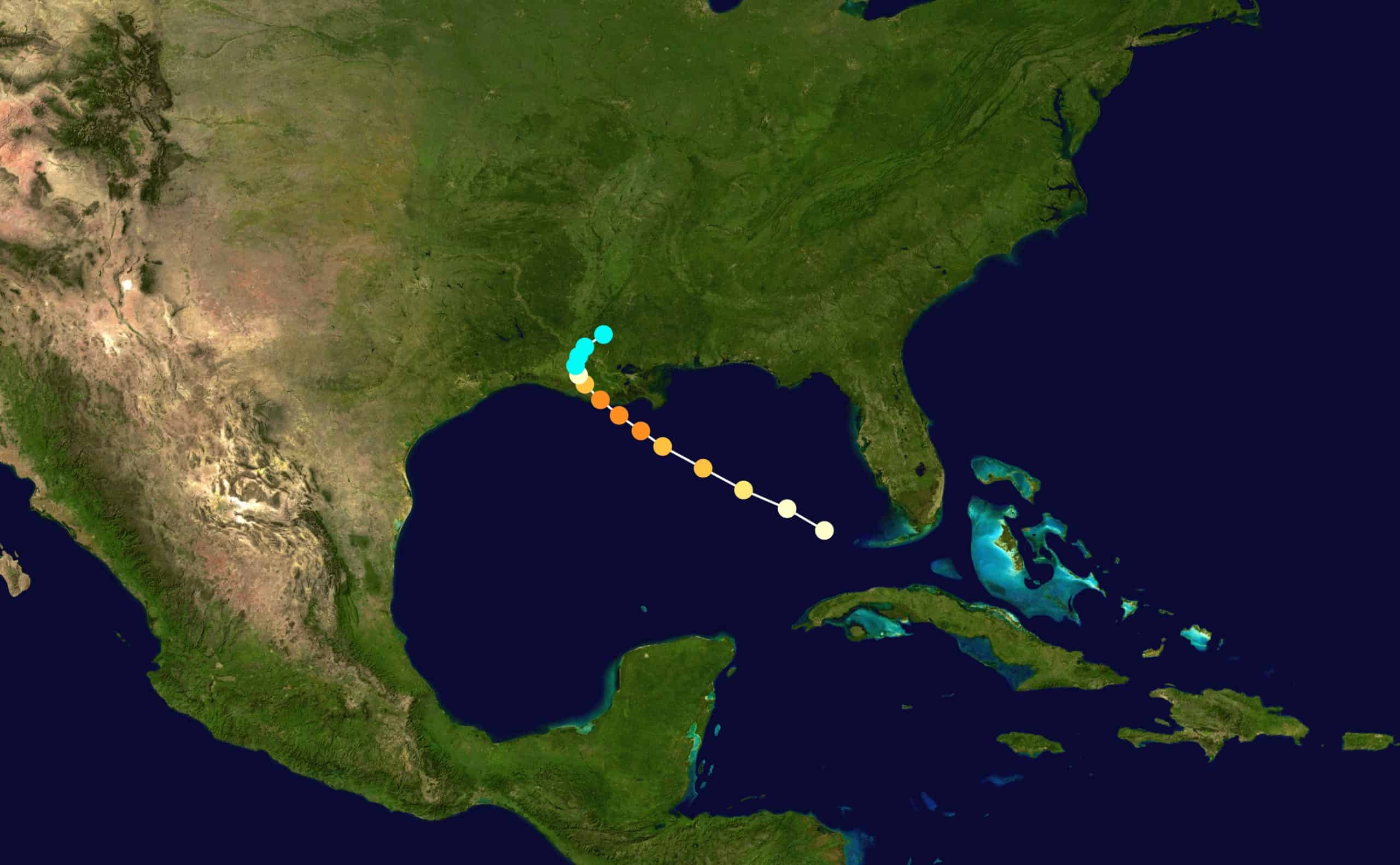
The Last Island Hurricane of 1856 was another one of the most destructive storms in US history. Observers first spotted it near what is now Dry Tortugas National Park in the Florida Keys. From there, it turned northwest and headed towards the coast of Louisiana. It made landfall on Last Island just hours before striking New Iberia, Lousiana.
The sheer power of the hurricane completely submerged Last Island, destroying every building including the casinos, as well as destroying crops. Overall, the Last Island Hurricane killed over 300 people, with many fatalities occurring on steamers and schooner ships that sank in the turmoil. While there aren’t many accounts of damage incurred in terms of dollars, you can be sure it caused millions of dollars worth of damages.
Miami Hurricane

Another one of the most destructive storms in US history was the Miami Hurricane of 1926. Believed to have formed in the Central Atlantic Ocean on September 11th, the storm gained strength and evolved into a hurricane as it headed west/northwest towards the Caribbean and the United States. While it touched down briefly in Turks and Caicos, causing damage, it saved most of its wrath for Florida.
Once it made landfall in the state, the Miami Hurricane generated hurricane-force winds across most of the state. From there, it emerged in Fort Myers, Florida where it disrupted electric service and flooded most of the surrounding communities. Ultimately, the Miami Hurricane of 1926 killed an estimated 372 to 539 people, though some counts put the death toll even higher. In terms of damages, estimates put the cost at over $1.7 billion, making it the most destructive storm in terms of dollars in US history. One wonders if it didn’t help contribute to the name of the University of Miami football team, as well.
Grand Isle
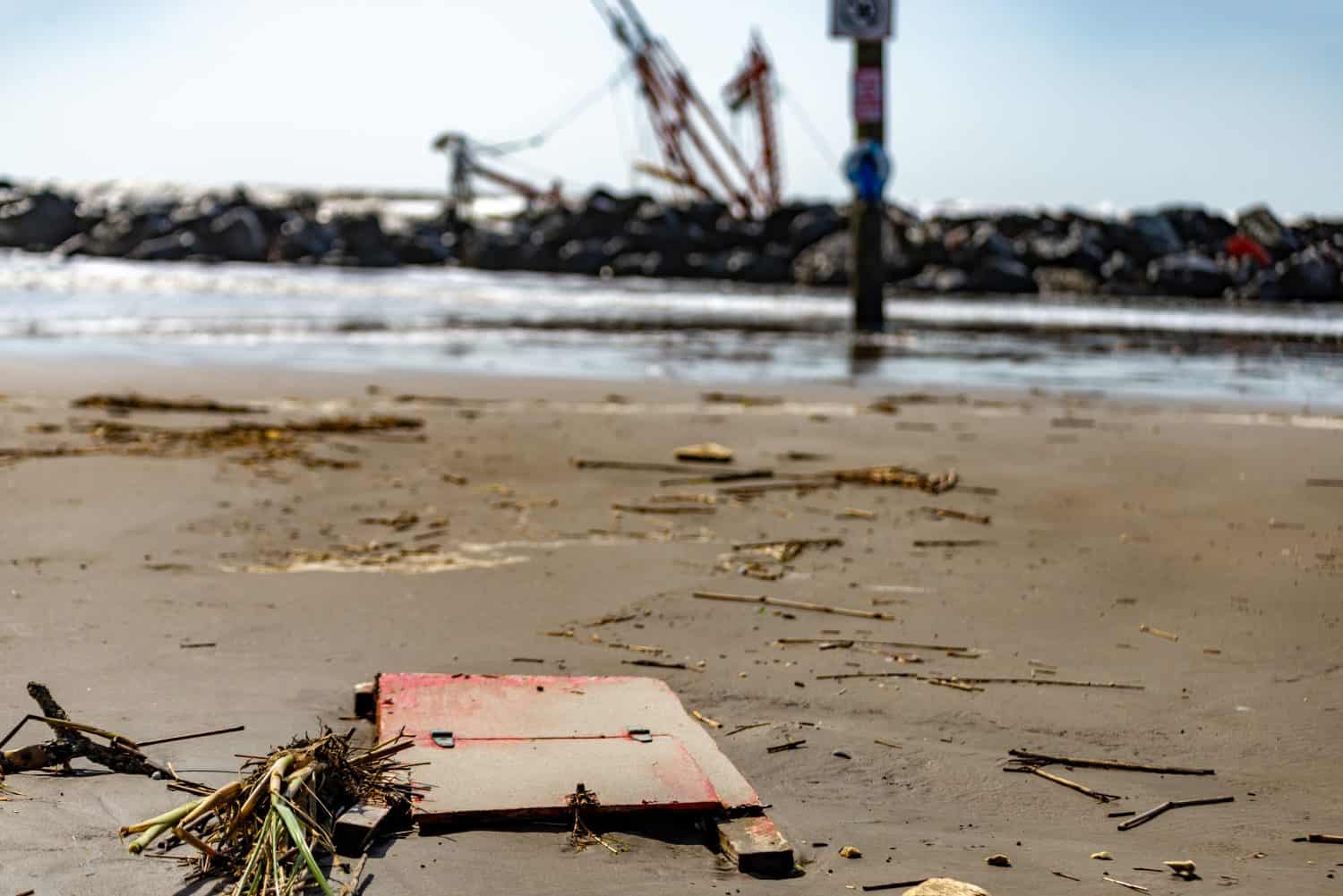
The Grand Isle Hurricane of 1909 was another one of the most destructive storms in US history. It formed out of a tropical weather disturbance near Hispaniola on September 13, 1909. From there it gained in intensity as it headed for Cuba, before turning and making landfall on Grand Isle, Louisiana.
Though the system quickly lost intensity after hitting the US, it caused massive damage throughout its previously affected areas. In Cuba, around 29 people were killed. In Louisiana, however, it resulted in catastrophic damage, destroying over 5,000 homes. Ultimately, the Grand Isle Hurricane of 1909 killed at least 400 people and caused nearly $35 million in damages. While rumors of an ensuing tidal wave hitting the coast were reported at the time, later studies by weather experts debunked these accounts.
Florida Keys/South Texas

The 1919 Florida Keys/South Texas Hurricane was another one of the most destructive storms in US history. The hurricane first developed near the Leeward Islands in the northeastern Caribbean. After that it headed northwestward, gaining strength, before passing the Florida Keys with an intensity equivalent to a Category 4 hurricane.
From there, it diverted direction and headed west, where it made proper landfall near Baffin Bay in Texas. Though the storm petered out only a day or so later, it caused considerable damage during its run. Ultimately, the Florida Keys/South Texas Hurricane of 1919 killed at least 772 people and caused over $400 million in damages (adjusted for inflation).
New Orleans

The New Orleans Hurricane of 1915 was another one of the most destructive storms in US history. It first formed in the southeastern Caribbean near the coasts of South America. From there, it took a northwest path up through the Caribbean where it gained intensity before touching down near Grand Isle, Lousiana.
An intense Category 4 Hurricane, the New Orleans Hurricane hit the city. There, it destroyed numerous churches and inflicted severe damage to hundreds of other buildings. In the end, the New Orleans Hurricane of 1915 was responsible for between 275 and 279 fatalities and over $390 million in damages (adjusted for inflation).
Galveston
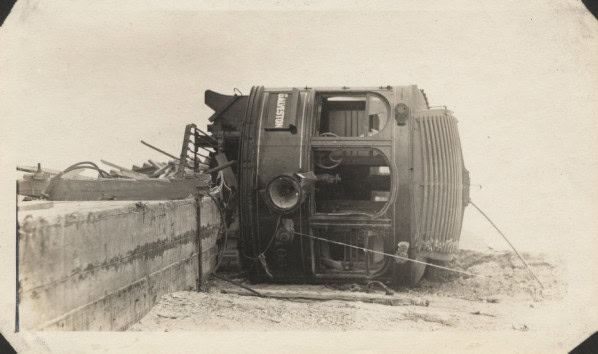
Another one of the most destructive storms in US history was the 1915 Galveston Hurricane. Though unknown at the time, later estimates suggest the storm first formed near Cabo Verde, Africa on August 5th. From there, it passed west through the Caribbean Islands before making true landfall near Galveston, Texas.
Due to a similar strength and path, this hurricane drew comparisons to the extremely deadly 1905 Galveston Hurricane. While the newly-build Galveston Seawall prevented the same level of destruction, other nearby Texas communities weren’t as lucky and took the brunt of the damage. Ultimately, the 1915 Galveston Hurricane killed around 405 people and caused nearly $935 million in damages. What’s more, a recent survey of landfall storms suggests a modern-day equivalent to this hurricane would cause a whopping $68 billion in damages.
Camille
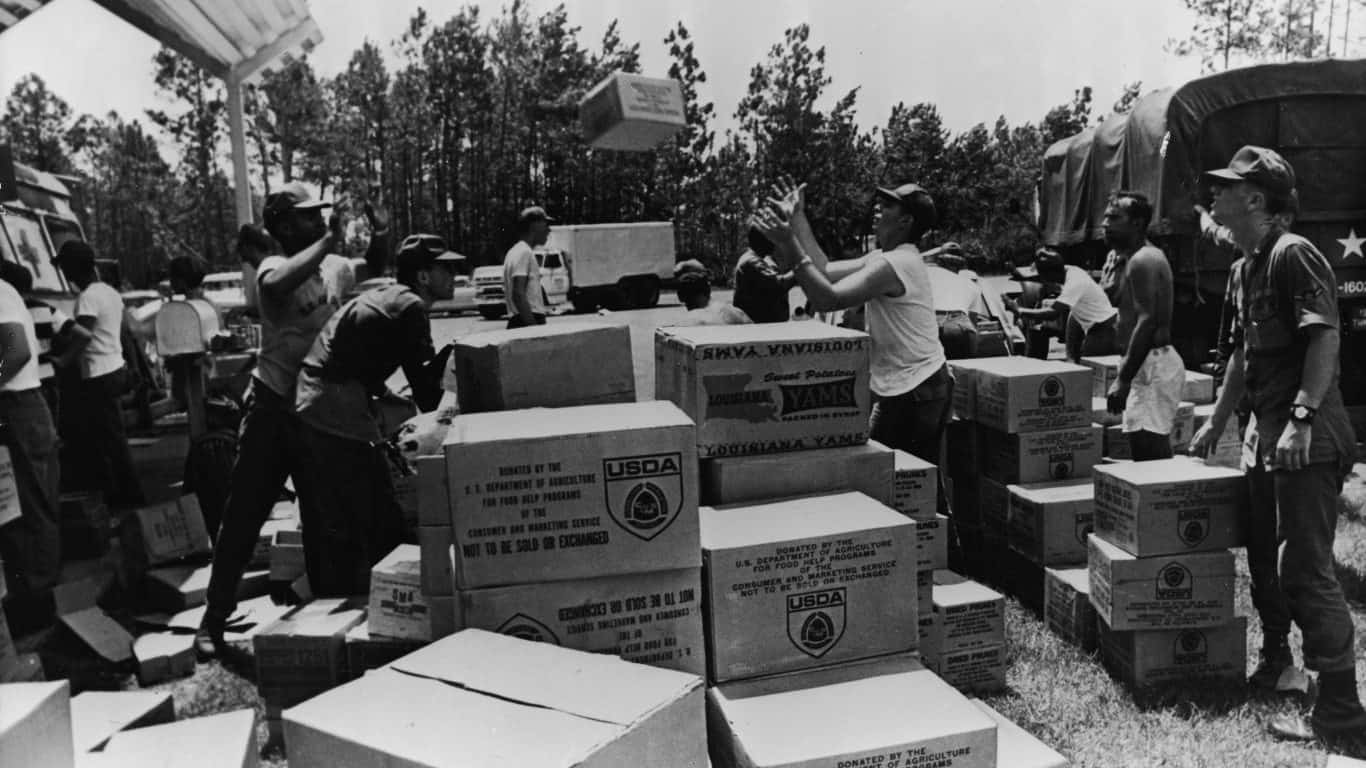
Hurricane Camille in 1969 was another one of the most destructive storms in US History and one of the few catastrophic contemporary storms. Furthermore, it was one of the rare Category 5 hurricanes to hit the continental United States. It first formed as a tropical depression near Cuba, before intensifying and hitting the coasts of Louisiana and Mississippi.
Though it had weakened slightly in the previous days, it unexpectedly reintensified right as it made landfall just before midnight on August 17, 1969, in Bay St. Louis, Mississippi. From there, it pushed inland but the lack of fuel from the ocean weakened it by the time it hit the Ohio Valley. After that, it resumed its tropical depression status before being absorbed by a frontal storm in the Northern Atlantic later that same day.
Nevertheless, Hurricane Camille inflicted serious damage on the affected areas along the Gulf State coasts. Not only did it effectively flatten every structure and crop standing on the Mississippi coast, it caused large flooding and numerous deaths as it crossed the Appalachian Mountains towards Virginia. By the time it laid to rest, Hurricane Camille killed at least 259 people and resulted in $11.8 billion worth of damages. (For catastrophic man-made events, discover America’s most devastating battles.)